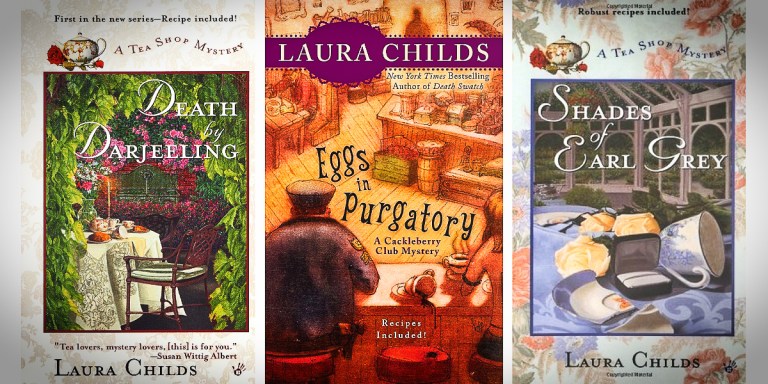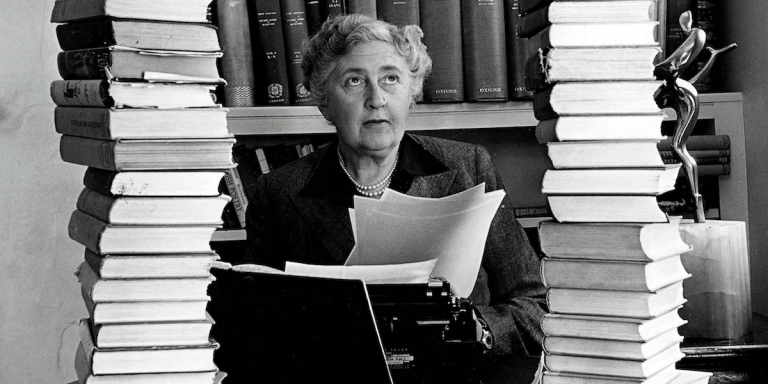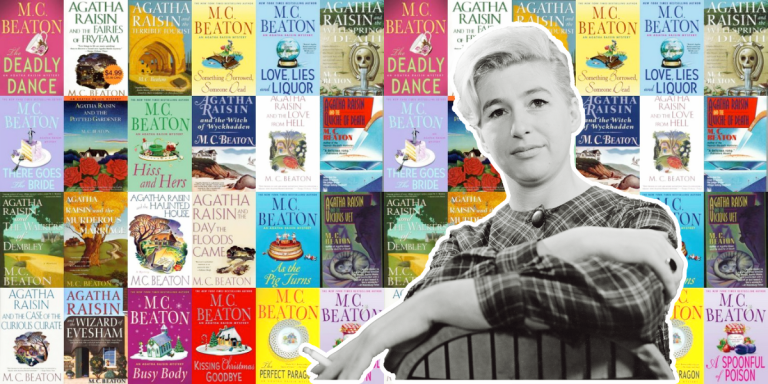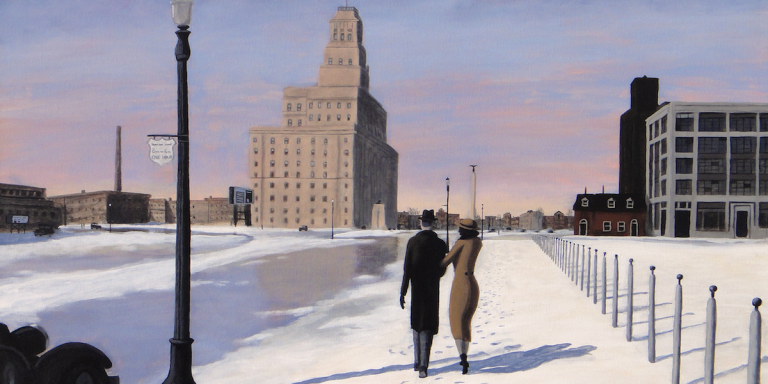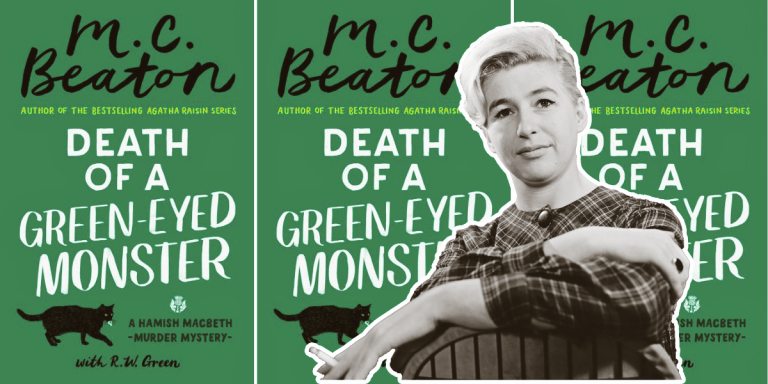We’re So Ready to Watch the New Adaptation of Death on the Nile
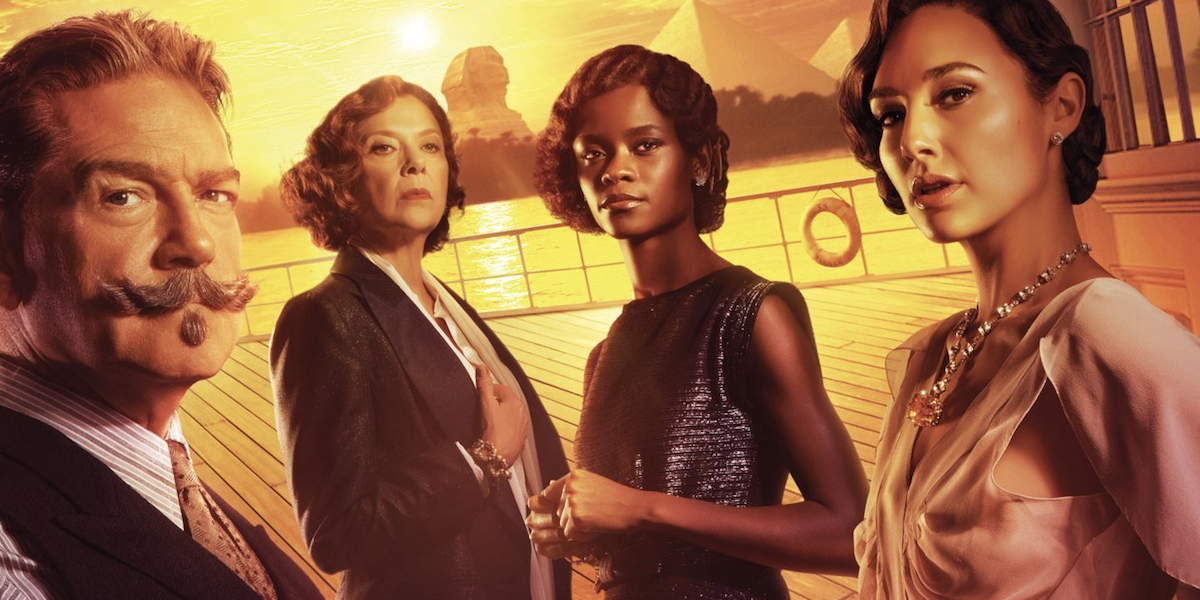
Hercule Poirot will return to the silver screen on February 11, in a lavish new film adaptation of Agatha Christie’s Death on the Nile.
The legendary Belgian (not French) detective will once again exercise his little grey cells as he tries to determine which of the dysfunctional passengers aboard the paddle steamer Karnak is the murderer of the beautiful newlywed socialite Linnet Ridgeway Doyle.
Kenneth Branagh is reprising his role as Poirot, following his previous outing in 2018’s Murder on the Orient Express. (Branagh is also the film’s director and one of the producers.) The main cast also includes Gal Gadot as Linnet Ridgeway; Arnie Hammer as Simon Doyle; and Emma Mackey as Jacqueline de Bellefort.
The rest of the cast includes Sophie Okenedo, Letitia Wright, Rose Leslie, Annette Bening, Tom Bateman, and Russell Brand.
Death on the Nile has been adapted in a variety of ways for the stage and the screen since its publication in 1937, including two feature-length films: the 1978 John Guillerman film starring Peter Ustinov as Poirot; and the 2004 feature-length episode of Agatha Christie’s Poirot, starring David Suchet.
Each film adaptation of Death on the Nile differs in its tone, style, and the extent to which it adheres to the original novel.
Linnet (Lois Chiles, then Emily Blunt), twenty years old with her whole life and a massive fortune ahead of her, comes across as an autocratic, rather ruthless young princess in both the novel and the movies. In the novel, however, her character is a bit more complex: She is afraid of her pending marriage to the Earl of Windlesham, because it means the loss of her identity and her independence. (Without this extra depth, in the film adaptations, she seems to be a bit more of a spoiled miss who is determined to get what she wants.)
Jacqueline, in the movies as in the book, is a complex and complicated young woman. She is prepared to commit rather questionable actions for what she sees as entirely good reasons – and indeed, many readers and viewers might see her as being a more sympathetic character than Linnet. Mia Farrow presents her in the Ustinov film as a woman who appears to be dancing merrily on the edge of madness, while in the Suchet film, Emma Griffiths Malin played her more as a woman whose calculating, devious side was far more evident.
The Ustinov film is a lavish, all-star costume drama with sweeping, dramatic music. It also comes across as more of a comedy rather than being purely a mystery.
Some of the characters’ eccentricities and quirks are played up to the point of ridiculousness; we see Salome Otterbourne (Angela Lansbury) dancing a ridiculously flamboyant tango at the hotel, while Dr. Bessner (Jack Warden), a stereotypically Germanic doctor, tries to defend his decidedly questionable medical practices. (“I prescribed a course of armadillo’s urine!”)
Melodrama abounds in the film as well. The discovery of Linnet’s body is done in classic murder mystery fashion: the crash of a breakfast tray literally hitting the deck, a scream, and a crash of violin strings. Someone even deposits a live cobra in the washroom of Poirot’s cabin as an intimidation tactic: a detail obviously not found in the book.
Amazingly, no one seems overly shaken by the film’s end. “This place is beginning to resemble a mortuary!” Mrs. Van Schuyler (Bette Davis) proclaims, as if five violent deaths were nothing more than an unpleasant inconvenience.
The Suchet film, likewise, is an all-star costume drama with sweeping music. But where the Ustinov film aimed for more of a comedic approach, the Suchet film was more about remaining faithful to the original novel; the film retains more of the original characters, like Tim Allerton and his mother, and a subplot involving Linnet’s pearl necklace plays out much as it did in the book.
This film also takes a subtler, more psychological approach to presenting the characters and the story, delving somewhat into deep-rooted pains and insecurities. Consider this exchange between Jacqueline and Poirot:
“Love is not everything,” Poirot says.
“Oh, but it is. It is,” Jacqueline says. “You must know that. Surely you understand.”
With a hint of melancholy, Poirot replies, “It is terrible, mademoiselle, all that I have missed in life.”
The discovery of Linnet’s body is much less dramatic than in the Ustinov film; as in the original book, Colonel Race (James Fox) enters Poirot’s cabin and grimly announces that Linnet has been found shot to death. (But during a subsequent scene with a murder by stabbing, the composers seem not to have been able to resist adding some Psycho-esque violin strings to the soundrack.)
We won’t fully know what sort of approach the new film will take, or how faithful it is (or isn’t) to the original novel until it reaches theaters. The theatrical trailer by itself cannot give the full picture of the film, of course. However, the trailer does suggest a strong emphasis on action sequences, glamor, romantic entanglements, intrigue, and some moments of genuine terror. There is at least one scene with a flying meat cleaver: a detail that was not part of the original novel.
Whatever the approach, it is clear that even after 85 years, Death on the Nile continues to draw in mystery lovers again and again. Readers and moviegoers still want to climb aboard the Karnak, follow Poirot through his investigations, and then join him and the suspects at the very end, “where all will be revealed.”
Read the Book
The tranquility of a luxury cruise along the Nile was shattered by the discovery that Linnet Ridgeway had been shot through the head. She was young, stylish, and beautiful. A girl who had everything . . . until she lost her life.
Hercule Poirot recalled an earlier outburst by a fellow passenger: “I’d like to put my dear little pistol against her head and just press the trigger.” Yet under the searing heat of the Egyptian sun, nothing is ever quite what it seems.
A sweeping mystery of love, jealousy, and betrayal, Death on the Nile is one of Christie’s most legendary and timeless works.
By clicking 'Sign Up,' I acknowledge that I have read and agree to Hachette Book Group’s Privacy Policy and Terms of Use
What to Read Next
Erin Roll is a freelance writer, editor, and proofreader. Her favorite genres to read are mystery, science fiction, and fantasy, and her TBR pile is likely to be visible on Google Maps. Before becoming an editor, Erin worked as a journalist and photographer, and she has won far too many awards from the New Jersey Press Association.
Erin lives at the top floor of a haunted house in Montclair, NJ. She enjoys reading (of course), writing, hiking, kayaking, music, and video games.

